
KW47: Automotive Bluetooth Core 6 MCUs with Channel Sounding Localization for Access and Telematics
Sign in for a personalized NXP experience.
Roll over image to zoom in


This is a modal window.
Beginning of dialog window. Escape will cancel and close the window.
End of dialog window.
This is a modal window. This modal can be closed by pressing the Escape key or activating the close button.
This is a modal window. This modal can be closed by pressing the Escape key or activating the close button.
The MCX W72x family features a 96 MHz Arm® Cortex®-M33 core coupled with a multiprotocol radio subsystem supporting Matter, Thread, Zigbee and Bluetooth LE. The independent radio subsystem, with a dedicated core and memory, offloads the main CPU, preserving it for the primary application and allowing firmware updates to support future wireless standards. The MCX W72x also offers advanced security with an integrated EdgeLock® Secure Enclave Core Profile and will be supported by NXP's EdgeLock 2GO cloud services for credential sharing.
The MCX W72x family includes Bluetooth Channel Sounding capabilities, with a dedicated on-chip Localization Compute Engine to reduce ranging latency. It incorporates additional memory to support application-specific code, connectivity stacks and over-the-air firmware updates. In addition, the radio subsystem can run the full Thread or Zigbee stack alongside the Bluetooth Low Energy stack. This delivers reliable wireless performance, as the real-time activities of the radio run on a separate core from the application.
Building on NXP's strong history of providing industrial edge solutions, the MCX W series offers a wide operating temperature range from -40 °C to 125 °C and peripherals for industrial applications, including an optional CAN interface and will be part of NXP's 15-year Product Longevity program to support long-term industrial use.
The MCX W series is supported by the MCUXpresso Developer Experience to optimize, ease and help accelerate embedded system development.
The MCX W72x is in pre-production, developers can get started today with the MCX W71x, which is pin and software compatible.
Choose a diagram:


KW47: Automotive Bluetooth Core 6 MCUs with Channel Sounding Localization for Access and Telematics
Quick reference to our documentation types.
5 documents
Compact List
There are no results for this selection.
Sign in to access authorized secure files. Learn more about secure access rights.
Please wait while your secure files are loading.
5 documents
Compact List
1-5 of 8 hardware offerings

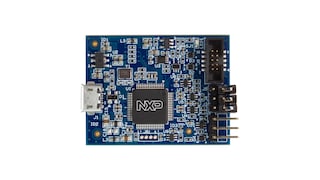
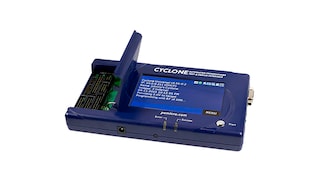
Additional hardware available. View our featured partner solutions.
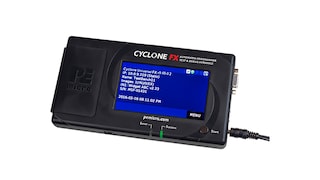
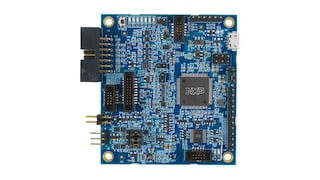
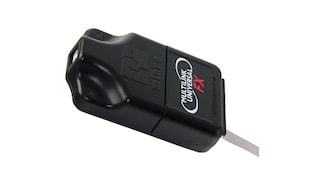


Sign in to access authorized secure files. Learn more about secure access rights.
1-5 of 6 hardware offerings
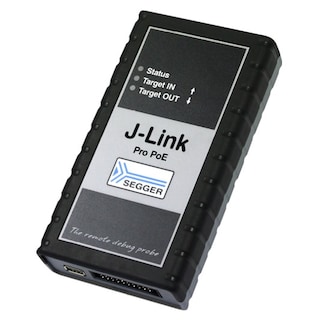

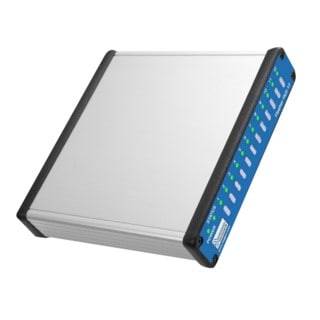
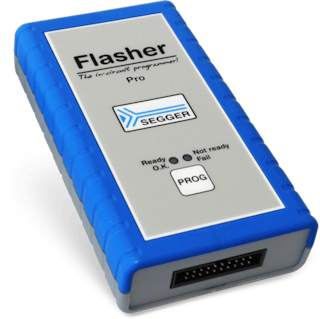
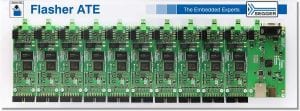
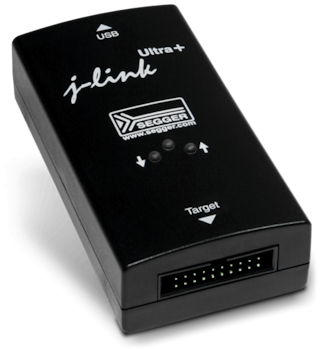
To find additional partner offerings that support this product, visit our Partner Marketplace.
1-5 of 8 hardware offerings



Additional hardware available. View our featured partner solutions.





Quick reference to our software types.
1-5 of 13 software files
Additional software available. View our featured partner solutions.
Note: For better experience, software downloads are recommended on desktop.
Sign in to access authorized secure files. Learn more about secure access rights.
Please wait while your secure files are loading.
5 software offerings
To find additional partner offerings that support this product, visit our Partner Marketplace.
1-5 of 13 software files
Additional software available. View our featured partner solutions.
Note: For better experience, software downloads are recommended on desktop.
1 training
To find additional partner offerings that support this product, visit our Partner Marketplace.
1 trainings
To find additional partner offerings that support this product, visit our Partner Marketplace.
There are no recently viewed products to display.

Help us improve your experience on our site. We invite you to take our five-question survey.